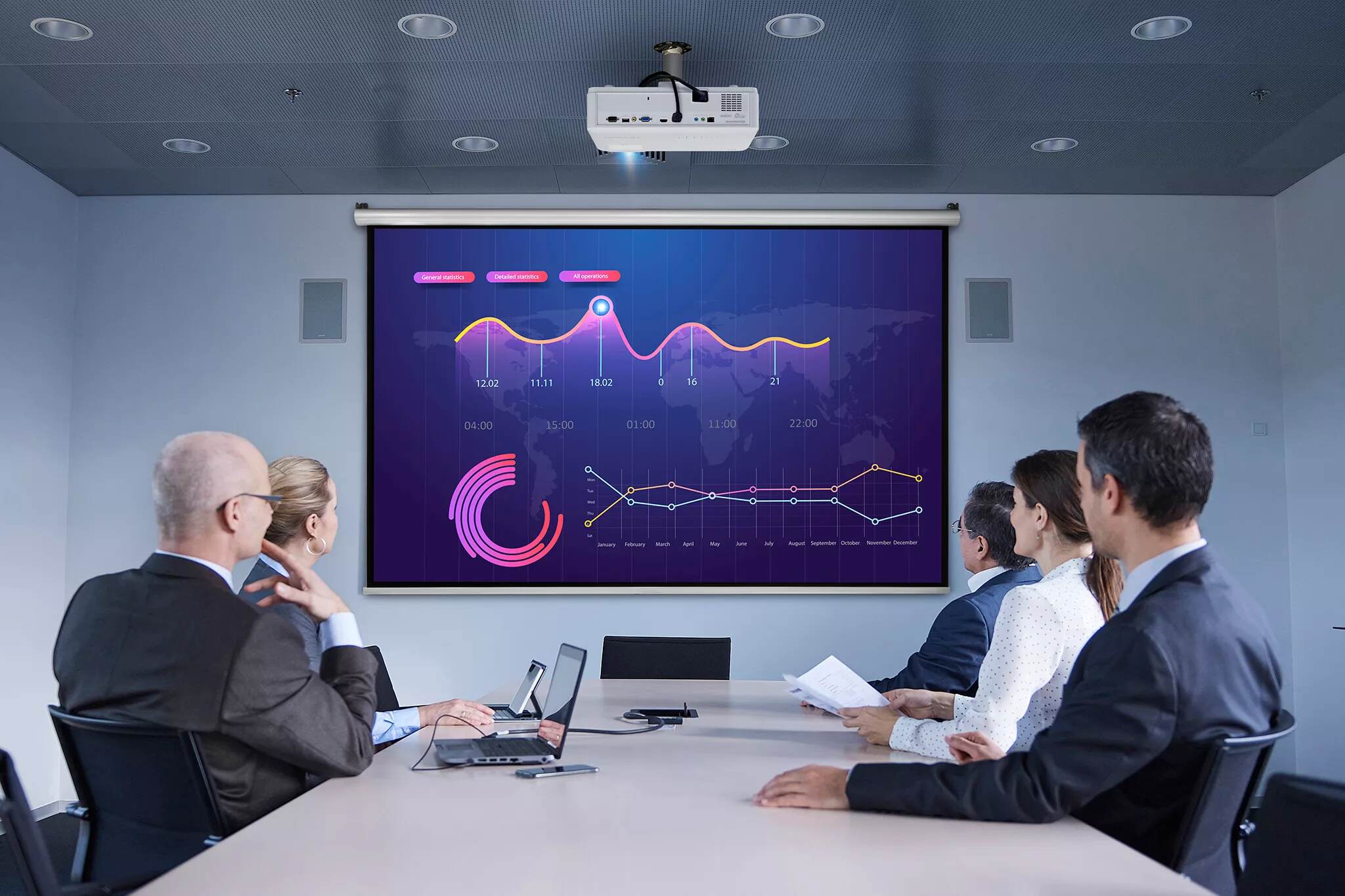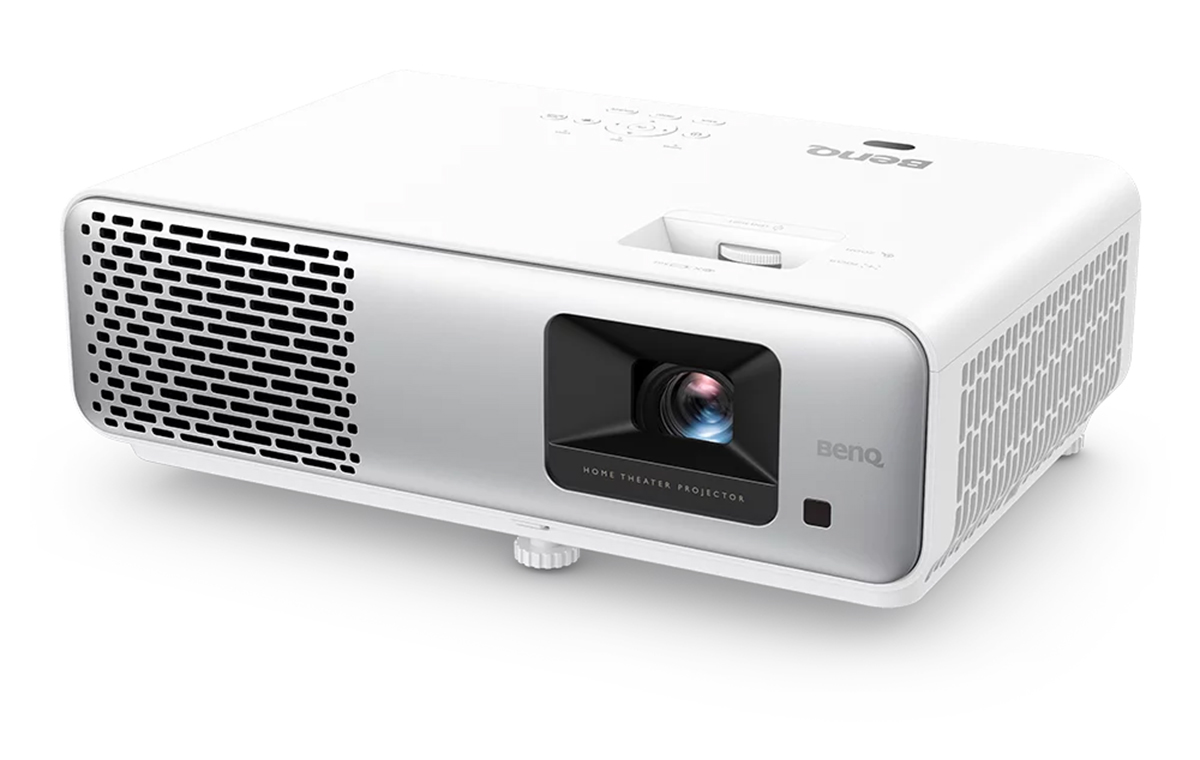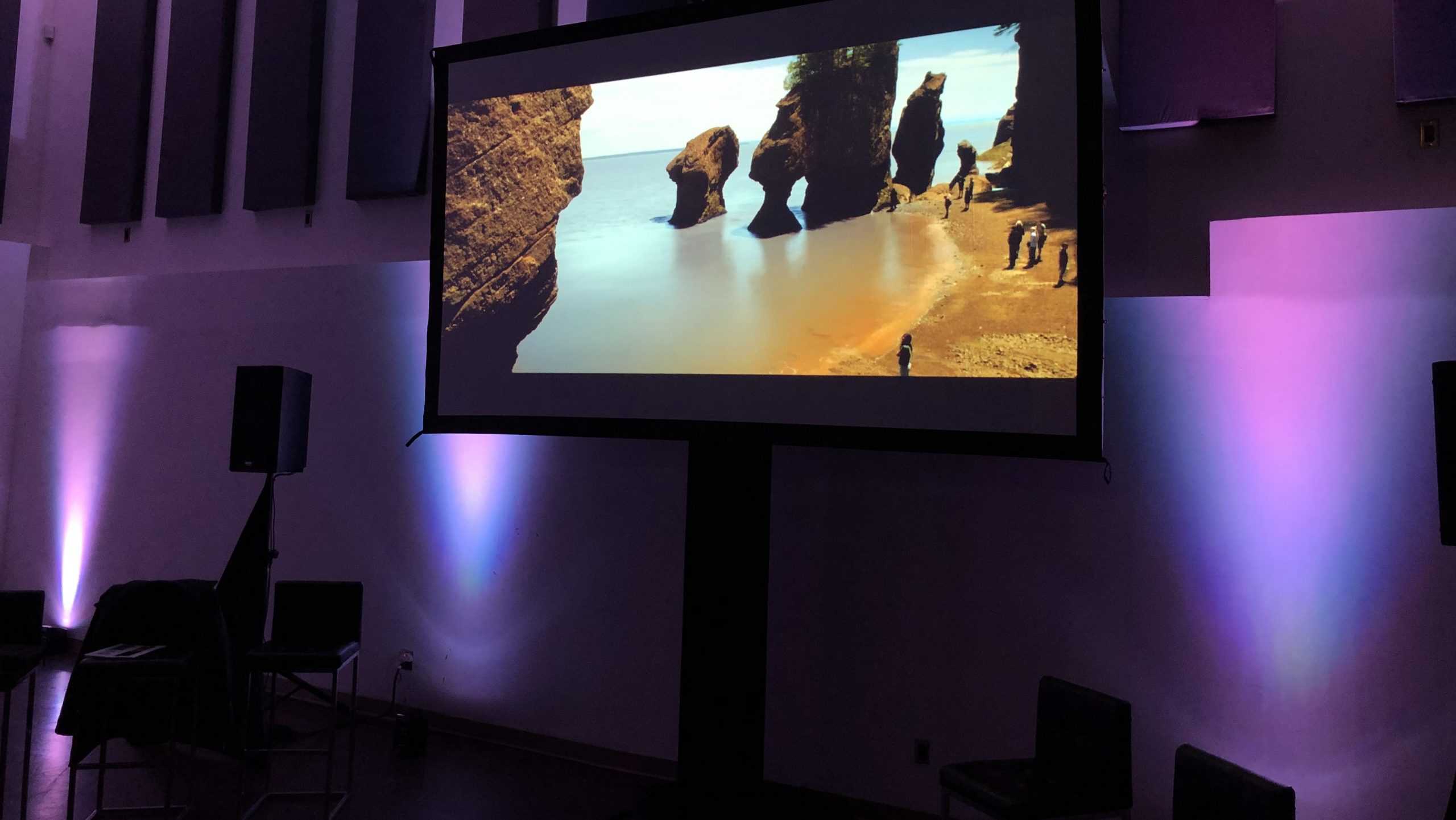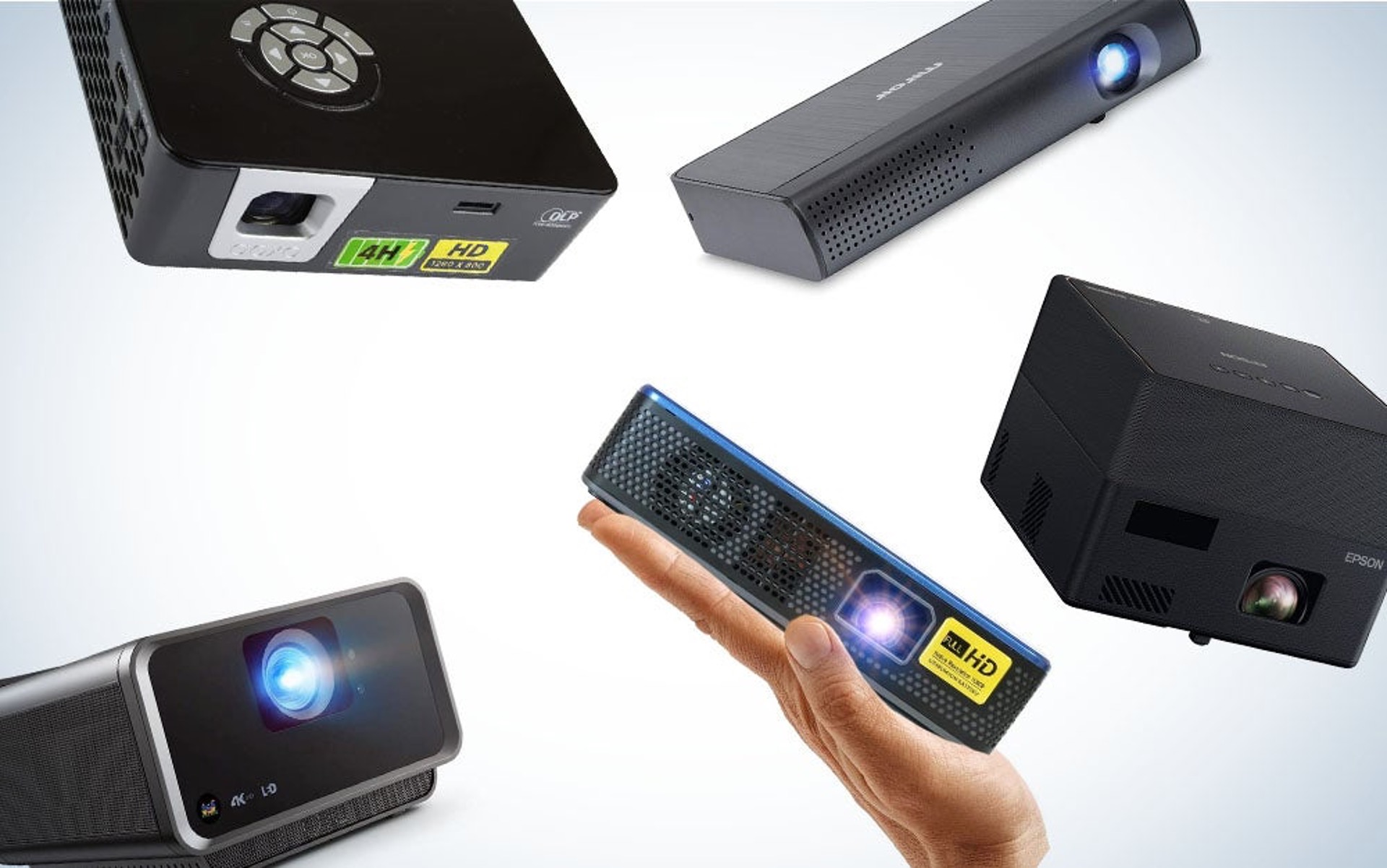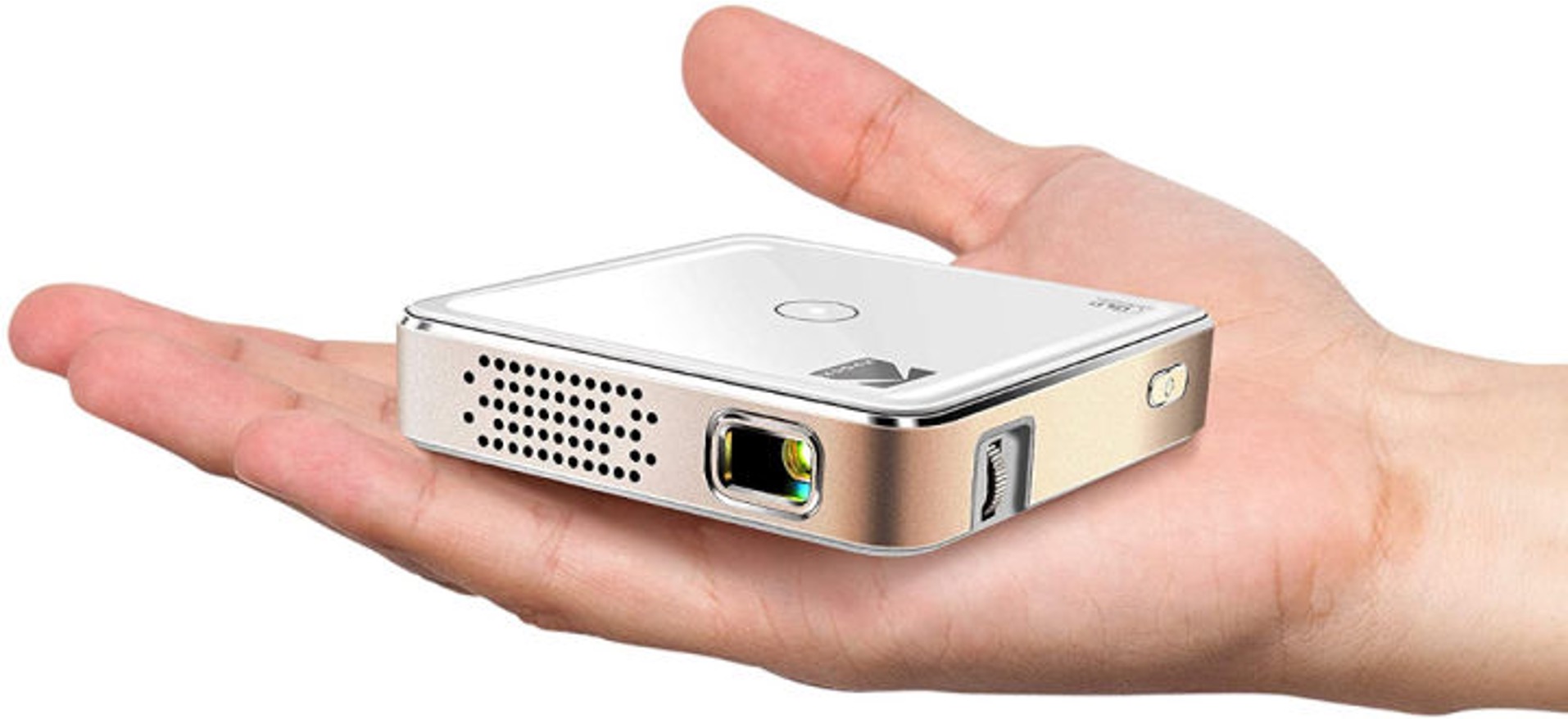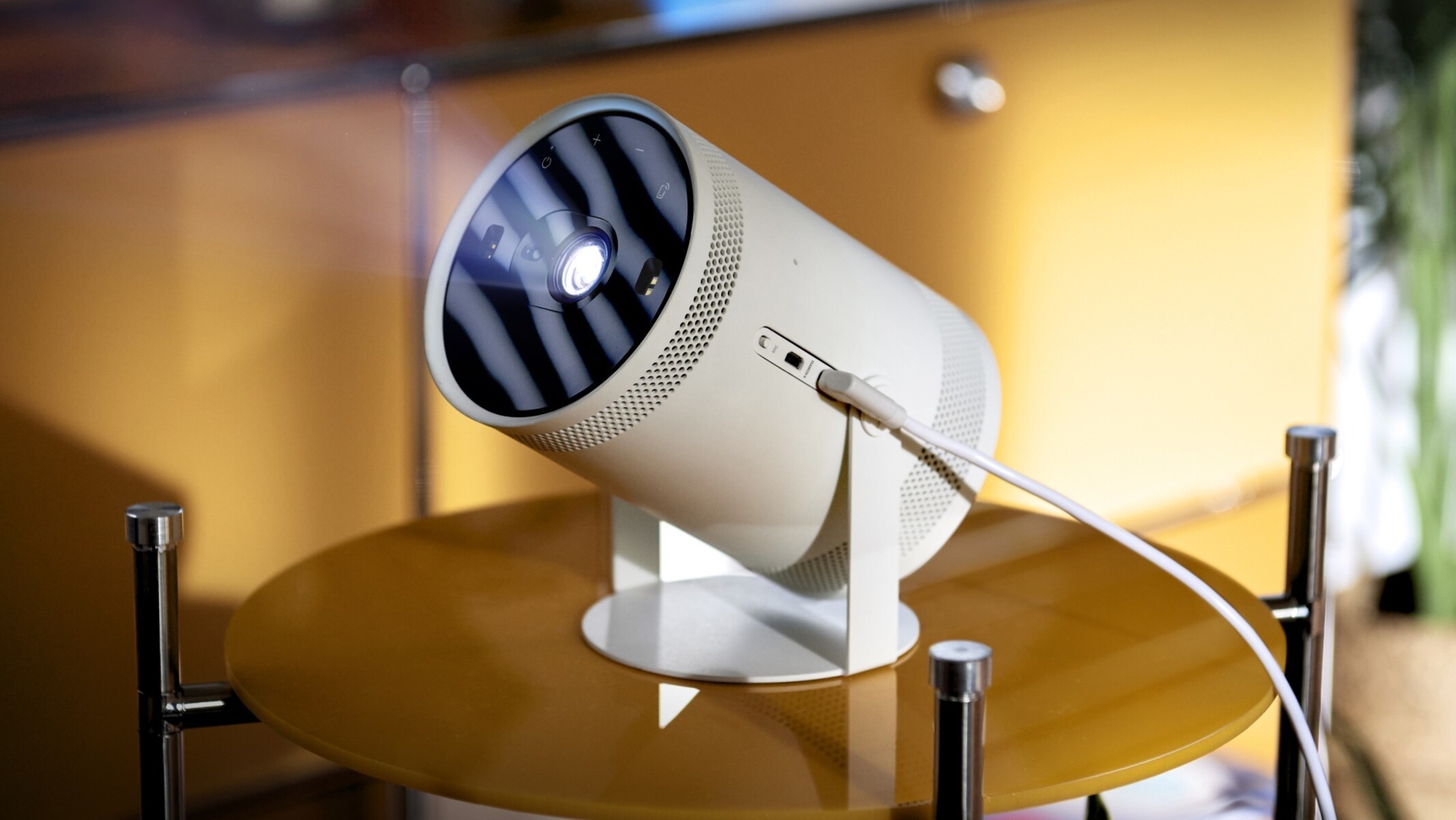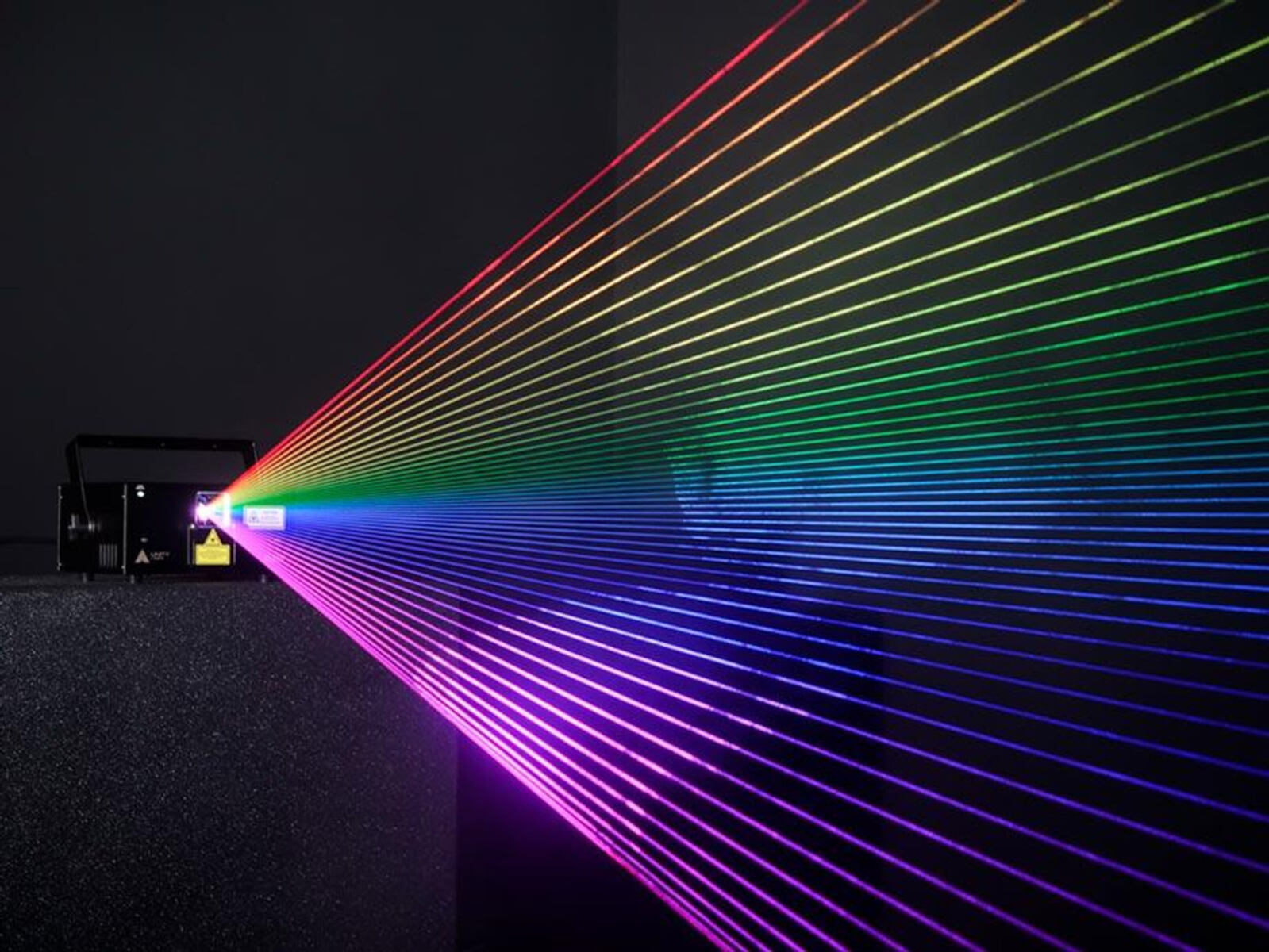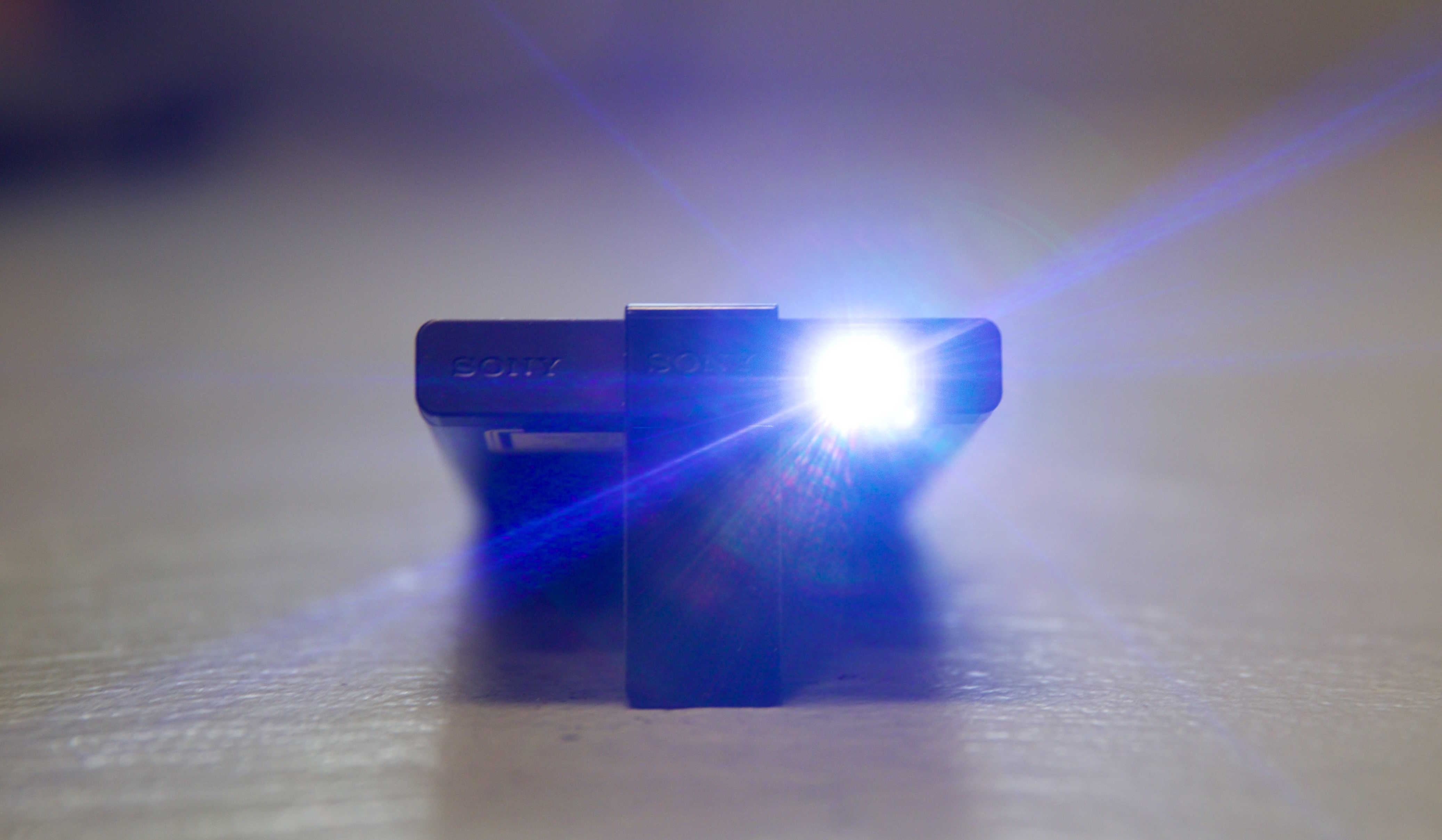Brightness and Image Quality
When it comes to choosing a projector for business, one of the most important factors to consider is the brightness and image quality. After all, you want your presentations and documents to be clear, vibrant, and easy to read.
The brightness of a projector is measured in ANSI lumens. For business presentations in well-lit rooms, opt for a projector with a higher lumen rating. Look for a minimum of 3000 lumens or higher for optimal visibility. This will ensure that your content is easily viewable even in brightly lit environments.
Another crucial aspect to consider is the image quality. Look for a projector with a high native resolution, preferably at least 1080p (Full HD). This will ensure sharp and detailed images, making your presentations visually appealing and professional. A higher resolution is particularly important if you plan to display detailed charts, graphs, or multimedia content.
Additionally, consider the projector’s contrast ratio, which determines the difference between the brightest and darkest areas of an image. A higher contrast ratio will result in more vivid and dynamic visuals, enhancing the overall viewing experience.
It’s also worth noting that some projectors offer advanced image enhancement technologies such as color correction and image sharpening. These features can further enhance the image quality and ensure accurate color reproduction.
In summary, when choosing a projector for business, prioritize brightness and image quality. Look for a projector with high ANSI lumens for optimal brightness in well-lit environments. Ensure a minimum resolution of 1080p for sharp and detailed visuals. Consider the contrast ratio and advanced image enhancement technologies to further enhance the image quality.
Resolution and Aspect Ratio
When selecting a projector for business purposes, it is essential to consider the resolution and aspect ratio. These factors contribute to the quality and compatibility of the projected images and content.
The resolution of a projector refers to the number of pixels it can display horizontally and vertically. Higher resolution translates to clearer and more detailed visuals. For business presentations, a minimum resolution of 1080p (1920 x 1080 pixels) is recommended. This ensures that text, graphs, and images appear crisp and professional. If you anticipate displaying complex visuals or detailed data, consider opting for a projector with an even higher resolution, such as 4K (3840 x 2160 pixels), for maximum clarity.
Aspect ratio refers to the proportional relationship between the width and height of the projected image. The most common aspect ratios for business projectors are 4:3 and 16:9. A 4:3 aspect ratio is suitable for traditional presentations and displays, while a 16:9 aspect ratio is ideal for widescreen content, such as videos and multimedia presentations. Consider the type of content you will frequently project and choose a projector with the corresponding aspect ratio to avoid cropping or distorted images.
It is worth noting that some projectors offer adjustable aspect ratios, allowing you to switch between different ratios based on your needs. This flexibility can be advantageous if you anticipate using a variety of content formats in your presentations.
In summary, prioritize projectors with a minimum resolution of 1080p for clear and detailed visuals in business presentations. Choose an aspect ratio that aligns with the type of content you will frequently display to ensure accurate image reproduction. Consider projectors with adjustable aspect ratios for enhanced flexibility.
Connectivity Options
When selecting a projector for business use, it is important to consider the connectivity options available. A projector with versatile connectivity capabilities ensures seamless integration with various devices and enhances the overall functionality and usability.
Firstly, check if the projector offers HDMI ports. HDMI is a widely used standard for transmitting high-definition audio and video signals. Having multiple HDMI ports allows you to connect laptops, Blu-ray players, gaming consoles, and other devices easily.
Additionally, consider the availability of VGA or DVI ports. These ports are commonly found on older computers and are still used in some office setups. Having these connectivity options ensures compatibility with a wider range of devices.
Another valuable feature to look for is wireless connectivity. A projector with built-in Wi-Fi capabilities allows you to mirror your screen or stream content wirelessly from your smartphone, tablet, or computer. This feature eliminates the need for cumbersome cables and promotes a more convenient and flexible presentation setup.
Furthermore, consider if the projector has USB ports. USB ports enable easy access to files and content stored on USB drives. This feature allows you to directly connect and project files such as PowerPoint presentations, images, and videos without the need for a separate device.
Lastly, evaluate if the projector supports networking capabilities. This includes features like LAN connectivity or wireless networking. These options enable remote management, control, and monitoring of the projector, making it easier to integrate into an existing network and manage multiple projectors simultaneously.
In summary, prioritize projectors with a variety of connectivity options, including HDMI, VGA, DVI, and USB ports, as well as wireless connectivity. This ensures compatibility with a wide range of devices and facilitates easy sharing and projection of content. Consider networking capabilities for convenient remote management and control of the projector.
Portability and Size
For business professionals who frequently travel or need to present in different locations, the portability and size of a projector are key considerations. A portable projector enables easy transportation and setup, ensuring that you can deliver your presentations efficiently and effectively.
When looking for a portable projector, consider the weight and dimensions. Look for a lightweight projector that can easily fit into a carrying case or bag. This will make it convenient to transport without adding excessive bulk or weight to your luggage.
In addition to weight, think about the size of the projector. A compact and slim design is highly desirable, as it takes up minimal space in your bag or presentation setup. Look for projectors with a small footprint that can be easily placed on a table or mounted on a tripod for hassle-free use.
Another important aspect to consider is the power source. Determine if the projector runs on battery power or requires a power outlet. Battery-powered projectors offer the advantage of increased portability and flexibility, as they can be used in locations without readily available power sources. However, keep in mind that battery life may vary, so choose a projector with a battery runtime that aligns with your presentation needs.
Furthermore, consider the ease of setup and adjustment. A projector with quick and intuitive setup features, such as automatic keystone correction or lens shift, simplifies the process and saves valuable time during your presentations.
Lastly, pay attention to the durability and build quality of the projector. Opt for a projector that is built to withstand the rigors of travel and frequent use. Look for features like sturdy construction, scratch-resistant casing, and reliable internal components to ensure long-term functionality and reliability.
In summary, prioritize portable projectors that are lightweight, compact, and easy to transport. Consider battery-powered options for increased flexibility and determine the convenience of setup and adjustment features. Choose a projector with a durable and robust build to withstand the demands of frequent travel and use.
Throw Distance and Screen Size
When selecting a projector for business purposes, it is crucial to consider the throw distance and screen size. These factors determine how far the projector needs to be placed from the screen and the resulting image size, which directly impact the viewing experience and presentation setup.
The throw distance refers to the distance between the projector and the screen. It is essential to choose a projector that can accommodate the available space in your presentation venue. Consider the size of the room and the seating arrangement to determine the optimal throw distance. Some projectors offer flexible throw ratios, allowing for more versatility in projector placement.
Additionally, keep in mind the desired screen size. Think about the size of your audience and the level of engagement you wish to achieve. A larger screen size is suitable for bigger venues or when presenting to a large audience. On the other hand, a smaller screen size may be more appropriate for intimate meetings or smaller presentation spaces.
Take note of the projector’s zoom capabilities. Zoom functionality allows you to adjust the projector’s image size without physically moving the projector. This feature is particularly useful when you need to project onto different screen sizes or accommodate different room layouts.
Consider the projector’s throw ratio, which is the ratio of the throw distance to the screen width. This can help you determine the required placement of the projector and the resulting image size. A smaller throw ratio will produce a larger image size at a shorter distance, while a larger throw ratio is suitable for projecting large images at a longer distance.
In summary, choose a projector with a throw distance and screen size that align with the available presentation space and audience size. Consider the flexibility of the projector’s throw ratio and zoom capabilities to accommodate different room layouts and screen sizes.
Keystone Correction and Lens Shift
When choosing a projector for business use, it is important to consider the availability of keystone correction and lens shift features. These functionalities ensure proper image alignment and positioning, enhancing the overall visual quality of your presentations.
Keystone correction is a feature that allows the projector to correct the trapezoidal distortion of the projected image caused by an off-center or tilted projector placement. This distortion can occur when the projector is placed at an angle to the screen rather than directly facing it. Keystone correction helps to square up the image and ensure that it appears rectangular and properly proportioned.
Look for projectors with both vertical and horizontal keystone correction capabilities. This will provide you with greater flexibility in aligning the projected image, regardless of the projector’s placement or the screen’s position.
Lens shift is another valuable feature to consider. It allows you to vertically or horizontally adjust the position of the projected image without physically moving the projector. This is particularly useful when the projector needs to be mounted or placed off-center while maintaining a perfectly aligned image.
Having both keystone correction and lens shift features provides you with greater control over the projected image, allowing for precise adjustments to achieve a visually appealing and properly aligned display.
It is important to note that while keystone correction and lens shift can improve the image alignment, it is always ideal to position the projector as close to the center of the screen as possible to avoid excessive distortion or loss of image quality.
In summary, prioritize projectors that offer keystone correction and lens shift functionalities. These features allow for easier adjustment and alignment of the projected image, ensuring a visually pleasing and properly proportioned display. While these features can enhance the image quality, it is still recommended to position the projector as close to the center of the screen as possible for optimal performance.
Lamp Life and Replacement Cost
Considering the lamp life and replacement cost is crucial when selecting a projector for business use. The lamp life determines how long the projector’s lamp is expected to last before needing a replacement. Understanding this information helps you plan for future maintenance and budget for replacement expenses.
Lamp life is typically measured in hours, and projectors nowadays offer varying lamp life spans. It is advisable to choose a projector with a longer lamp life to minimize the frequency of lamp replacements and reduce downtime. A lamp life of 3,000 to 5,000 hours is considered standard, while some high-end projectors can have lamp life spans of up to 10,000 hours or more. However, keep in mind that the lamp life can be influenced by the projector’s usage, environmental factors, and power settings.
It is also essential to consider the cost of replacing the lamp. Projector lamps are consumable items and can be relatively expensive to replace. It is a good practice to research the cost of replacement lamps for the projector models you are considering to ensure it aligns with your budget and long-term projections. Additionally, explore if there are compatible third-party lamps available as they may offer more affordable alternatives without compromising quality.
Some projectors have an eco-mode or low-power mode that can prolong the lamp life by reducing the lamp’s brightness. This mode can be beneficial if the projector is often used in dimly lit environments or if the content being displayed does not require high brightness levels.
Regular maintenance, such as keeping the projector’s filters clean and providing proper ventilation to prevent overheating, can also help extend the lamp life. Proper ventilation is particularly important as heat buildup can significantly impact the lifespan of the lamp.
In summary, when selecting a projector for business use, consider the lamp life and replacement cost. Choose a projector with a longer lamp life to minimize the frequency of replacements. Evaluate the cost of replacement lamps and explore compatible third-party options. Utilize eco-mode or low-power mode when appropriate to prolong the lamp life. Don’t forget to incorporate regular maintenance practices for optimum lamp performance.
Noise Level and Fan Noise
When choosing a projector for business use, it is important to consider the noise level and fan noise produced by the projector. The noise level can significantly impact the overall presentation experience, especially in quiet meeting rooms or when audio is involved.
The noise level of a projector is usually measured in decibels (dB). Look for projectors with lower noise levels, ideally below 35 dB, to minimize distractions and create a more immersive presentation environment. A quieter projector ensures that your audience can focus on the content without being distracted by excessive fan noise.
One of the main contributors to projector noise is the cooling fan. As projectors generate heat during operation, the fan is responsible for dissipating that heat and preventing overheating. However, the fan noise can vary between different projector models.
Consider projectors that feature advanced cooling systems or whisper-quiet fans designed to reduce noise levels. These systems are specifically engineered to maintain optimal cooling while minimizing fan noise, resulting in a quieter operation. Some projectors even offer eco-mode settings that reduce the fan speed and overall noise output, especially when the projector is in lower brightness modes.
It is also important to note that the noise level can increase as the projector ages and the fan becomes worn. Therefore, it may be beneficial to consider projectors with replaceable or easily serviceable fans to ensure long-term noise reduction.
When setting up the projector, pay attention to its placement. Adequate ventilation and airflow around the projector can help dissipate heat more efficiently and reduce the need for the fan to operate at higher speeds, ultimately reducing fan noise.
In summary, prioritize projectors with lower noise levels to ensure a more immersive and distraction-free presentation environment. Look for projectors that feature advanced cooling systems or whisper-quiet fans to minimize fan noise. Consider projectors with replaceable or easily serviceable fans for long-term noise reduction. Proper placement and ventilation can also help reduce fan noise and optimize the projector’s cooling performance.
Input Lag and Response Time
When selecting a projector for business use, it is important to consider the input lag and response time of the device. These factors can significantly affect the responsiveness and smoothness of your presentations, particularly when displaying fast-moving content or interacting with the projector in real-time.
Input lag refers to the delay between the input signal being received by the projector and the corresponding image being displayed on the screen. A lower input lag is desirable as it minimizes the delay between your actions and their visual representation. This is especially important in business presentations where you may need to navigate through slides, interact with content, or deliver live demos.
Response time, on the other hand, refers to the speed at which the projector can change from one image to another. A faster response time ensures smoother transitions and reduced motion blur, making your presentations visually appealing and professional. This is particularly important when displaying videos, animations, or any content with rapid motion.
When researching projectors, look for models with low input lag and fast response times. Projectors with an input lag of 30 milliseconds (ms) or less and a response time of 10 ms or less are recommended for optimal performance.
It is worth noting that input lag and response time can vary depending on the projector’s settings and display modes. Certain image processing features, such as motion interpolation or image enhancement technologies, may introduce additional input lag or affect the response time. Consider disabling these features if minimal input lag and fast response time are critical for your presentations.
Additionally, keep in mind that the input lag and response time can also be influenced by the source device and the cables used for connectivity. Ensure that you have reliable and high-quality cables to minimize any potential latency issues.
In summary, prioritize projectors with low input lag and fast response times to ensure smooth and responsive presentations. Look for projectors with an input lag of 30 ms or less and a response time of 10 ms or less. Consider adjusting image processing settings and using quality cables to further optimize performance.
Price and Value for Money
When it comes to choosing a projector for business use, the price and value for money are important factors to consider. Understanding the price range and evaluating the features and benefits offered by a projector will help you make an informed decision and ensure you are getting the best value for your investment.
Projectors are available in a wide range of prices, varying based on factors such as brand, specifications, features, and image quality. It is important to set a budget and determine the features that are essential for your business needs. Compare prices from different manufacturers and models to find a projector that offers the right balance between affordability and performance.
Consider the specific features and functionalities that are important for your presentations. Identify those features that directly contribute to enhancing your business presentations and make sure the projector you select includes them. Avoid overspending on unnecessary features that may not add significant value to your specific requirements.
Additionally, take into account the long-term costs associated with the projector. This includes the cost of replacement lamps, cables, and any necessary maintenance or servicing. Ensure that these expenses align with your budget and do not detract from the overall value for money.
Don’t forget to consider the warranty and customer support offered by the manufacturer. A longer warranty period and reliable customer support can provide peace of mind and added value, particularly if you encounter any issues or require assistance during the lifespan of the projector.
Furthermore, it can be beneficial to read reviews and feedback from other users to gauge the overall satisfaction and reliability of the projector you are considering. This can provide valuable insights into the real-world performance and value for money that a particular projector offers.
In summary, when considering the price and value for money, set a budget and compare prices of projectors that offer the features essential for your business needs. Consider the long-term costs associated with maintenance and replacement parts. Evaluate the warranty and customer support offered by the manufacturer. Read user reviews to gain insight into the overall satisfaction and reliability of the projector.
Brand Reputation and Warranty Support
When selecting a projector for business use, it is important to consider the brand reputation and warranty support provided by the manufacturer. These factors can give you confidence in the quality and reliability of the product, as well as provide assurance for any potential issues or concerns that may arise.
Brand reputation plays a significant role in the purchase decision as it reflects the overall perception and trustworthiness of the manufacturer. Well-established and reputable brands in the projector industry have a proven track record of delivering high-quality products and providing reliable customer support. They invest in research and development to offer innovative features and cutting-edge technology, ensuring that their projectors meet or exceed industry standards.
Consider researching and comparing the reputation of different projector brands, looking for factors such as customer reviews, industry awards, and the brand’s history and presence in the market. This information can give you insights into the reliability, durability, and performance of the projector you are considering.
Another important aspect to consider is the warranty support provided by the manufacturer. A comprehensive warranty demonstrates the brand’s commitment to standing behind their product and provides a safety net in case of any manufacturing defects or malfunctions. Look for projectors with warranties that offer reasonable coverage and duration.
Pay attention to the specific terms and conditions of the warranty, including what is covered and any limitations or exclusions. Additionally, evaluate the availability and accessibility of customer support channels, such as phone, email, or online chat. Responsive and helpful customer support can greatly assist in troubleshooting and resolving any issues that may arise during the warranty period.
It can also be beneficial to consider any extended warranty options available for the projector, as this can provide additional coverage and peace of mind beyond the standard warranty.
In summary, prioritize projector brands with a positive reputation and a history of delivering high-quality products. Consider factors such as customer reviews and industry recognition. Evaluate the warranty terms and conditions, including the duration and coverage provided. Look for brands that offer accessible and responsive customer support. Explore extended warranty options for additional coverage and peace of mind.
Additional Features and Accessories
When choosing a projector for business use, it is worth considering the additional features and accessories that can enhance the functionality and convenience of your presentations. These features and accessories can contribute to a seamless and efficient presentation experience.
One important feature to consider is the availability of built-in speakers. While external audio systems may be preferred for larger venues, having built-in speakers can be beneficial for smaller meeting rooms or when portability is a priority. Ensure that the built-in speakers provide sufficient volume and clarity for your business presentations.
Another helpful feature is wireless connectivity capabilities. Projectors with built-in Wi-Fi or Bluetooth allow for easy screen mirroring and wireless content sharing from your devices. This helps eliminate the need for cables and simplifies the setup process, providing a more professional and streamlined presentation experience.
Some projectors also offer advanced networking capabilities, such as LAN connectivity or wireless network support. These features allow for remote management, control, and monitoring of the projector, making it easier to integrate into existing networks and manage multiple projectors simultaneously.
Consider projectors with diverse input options such as USB ports, SD card slots, or HDMI inputs. These additional connectivity options allow for convenient access to content from various sources, giving you flexibility and versatility in your presentations.
It can also be beneficial to look for projectors with built-in multimedia and file format support. This ensures compatibility with a wide range of file types, including documents, images, and videos, eliminating the need for additional devices or software during your presentations.
Accessories can also enhance the functionality of your projector. Some common accessories include carrying cases or bags for easy portability, projector mounts or tripods for stable positioning, and projector screens for optimal image quality and visibility. Additionally, consider accessories such as remote controls or laser pointers for convenient and remote operation during your presentations.
In summary, explore projectors that offer additional features such as built-in speakers, wireless connectivity, and advanced networking capabilities. Consider a diverse range of input options for convenient content access. Assess built-in multimedia and file format support for broader compatibility. Enhance the functionality of your projector with accessories such as carrying cases, mounts, screens, and remote controls.







